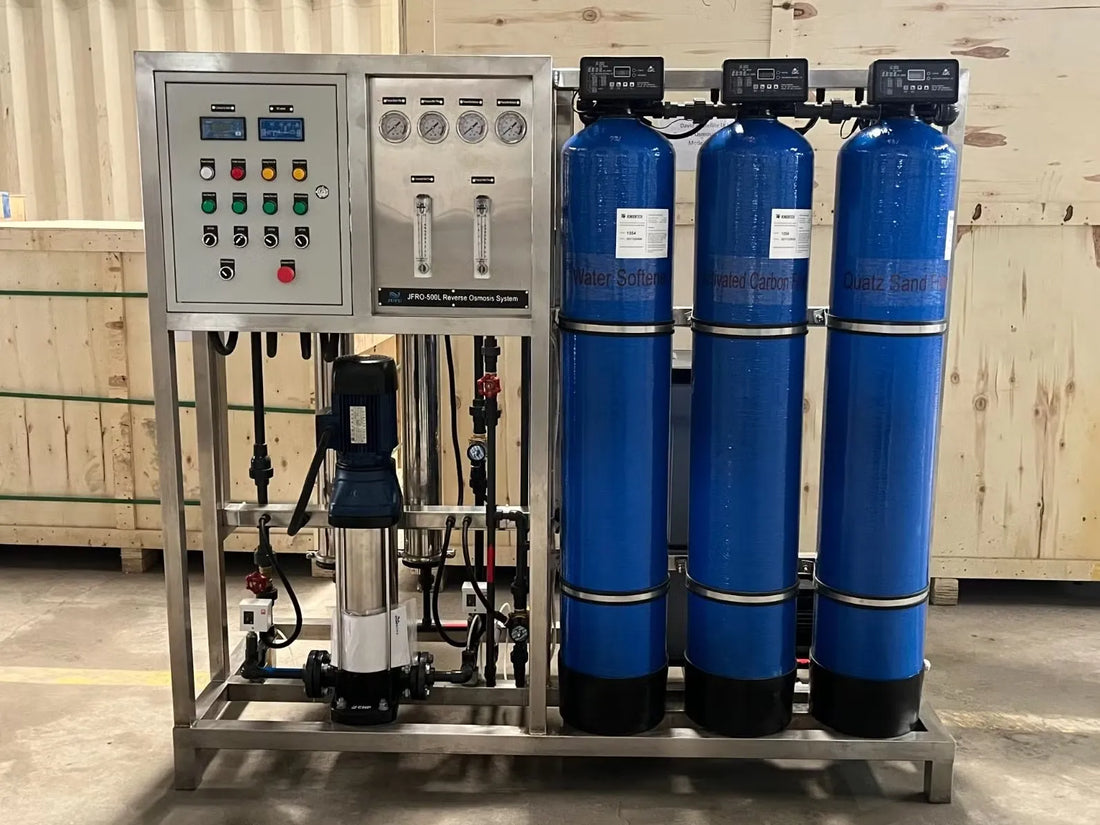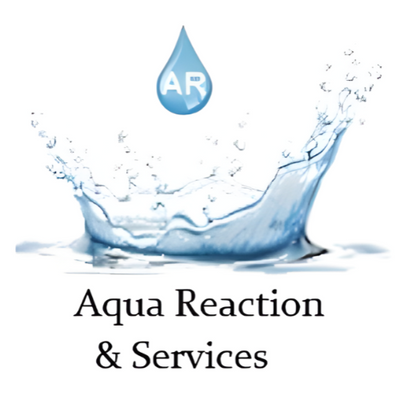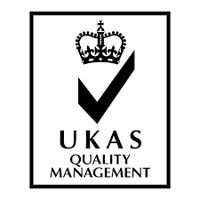
5 Warning Signs Your RO Plant Needs Maintenance (And How to Fix Them)
Share
Your Reverse Osmosis (RO) plant is a critical asset for your business. Whether you're in textiles, food and beverage, or pharma, you rely on it for pure water to keep your operations running smoothly. When it works, it's great. But when it fails, it costs you time and money.
Many expensive RO plant failures don't happen overnight. They start as small, easy-to-miss warning signs. Ignoring them leads to costly emergency repairs, membrane damage, and production downtime.
As water treatment professionals, we believe in proactive care. Here are the 5 key warning signs your RO plant is telling you it needs maintenance, and what you should do about them.
Body (You fill in these sections with your expert knowledge):
1. Sign: Decreased Water Flow
-
What to Look For: You're simply not getting as much purified water (permeate) as you used to. The flow rate has noticeably dropped.
-
What it Means (Your Expertise): This is a classic symptom of "membrane fouling" or "scaling." It means your pre-filters are clogged, or worse, the RO membranes themselves are blocked by silt, scale, or bacteria.
-
How to Fix It (Your Sales Pitch):
-
First, check and replace your sediment and carbon pre-filters.
-
If that doesn't work, your membranes need cleaning (a "CIP"). This requires specific RO membrane cleaning chemicals.
-
This is also a sign your antiscalant might not be dosed correctly.
-
2. Sign: Poorer Water Quality (High TDS)
-
What to Look For: Your TDS (Total Dissolved Solids) meter is showing a higher reading in your final, "pure" water. The water just isn't as pure as it was.
-
What it Means (Your Expertise): This is a serious sign. It means the membranes are either damaged (e.g., a broken O-ring) or are so scaled up that they can no longer block the salts effectively.
-
How to Fix It (Your Sales Pitch):
-
Immediately check your antiscalant dosing pump. Membrane scaling is the #1 cause.
-
You may need to perform an emergency clean with RO cleaning chemicals (both high and low pH).
-
If the problem persists, you may need to replace your RO membranes.
-
3. Sign: Unusual Noises or Vibration
-
What to Look For: You hear grinding, whining, or rattling from your high-pressure pump.
-
What it Means (Your Expertise): STOP. This is a critical warning. It could be a failing bearing, low water flow ("cavitation"), or a loose part. Running the pump in this state can destroy it.
-
How to Fix It (Your Sales Pitch):
-
Shut the plant down immediately.
-
Check all your pre-filters to ensure the pump isn't "starving" for water.
-
This is a mechanical issue. You may need to call a technician or look at replacing pump parts.
-
4. Sign: Frequent Pre-Filter Clogging
-
What to Look For: You used to change your sediment pre-filters every month, and now you're changing them every week.
-
What it Means (Your Expertise): Your raw water quality has changed (e.g., more silt after a rainy season) or your pre-treatment system isn't keeping up. You are spending a fortune on filters, and this dirt is getting to your membranes.
-
How to Fix It (Your Sales Pitch):
-
Test your raw water.
-
Consider a better pre-filter system (e.g., a media filter) to protect your more expensive cartridge filters.
-
Stock up on sediment filters—you're going to need them.
-
5. Sign: Pressure Gauges Are in the "Red Zone"
-
What to Look For: Your pressure gauges (especially the pressure drop across the membranes) are showing much higher readings than when the plant was new.
-
What it Means (Your Expertise): This is the technical "proof" that your membranes are clogged (fouled or scaled). The pump has to work much harder to push water through. This wastes electricity and strains your entire system.
-
How to Fix It (Your Sales Pitch):
-
This is a clear signal it's time for a maintenance cycle.
-
Refer back to points 1 and 2: check filters, check antiscalant, and schedule a membrane cleaning (CIP).
-
Conclusion:
Your RO plant is the heart of your process. By listening to it and watching for these 5 signs, you can move from expensive reactive repairs to smart, proactive maintenance. A well-maintained plant uses less energy, costs less to run, and ensures you have the pure water you need, when you need it.






